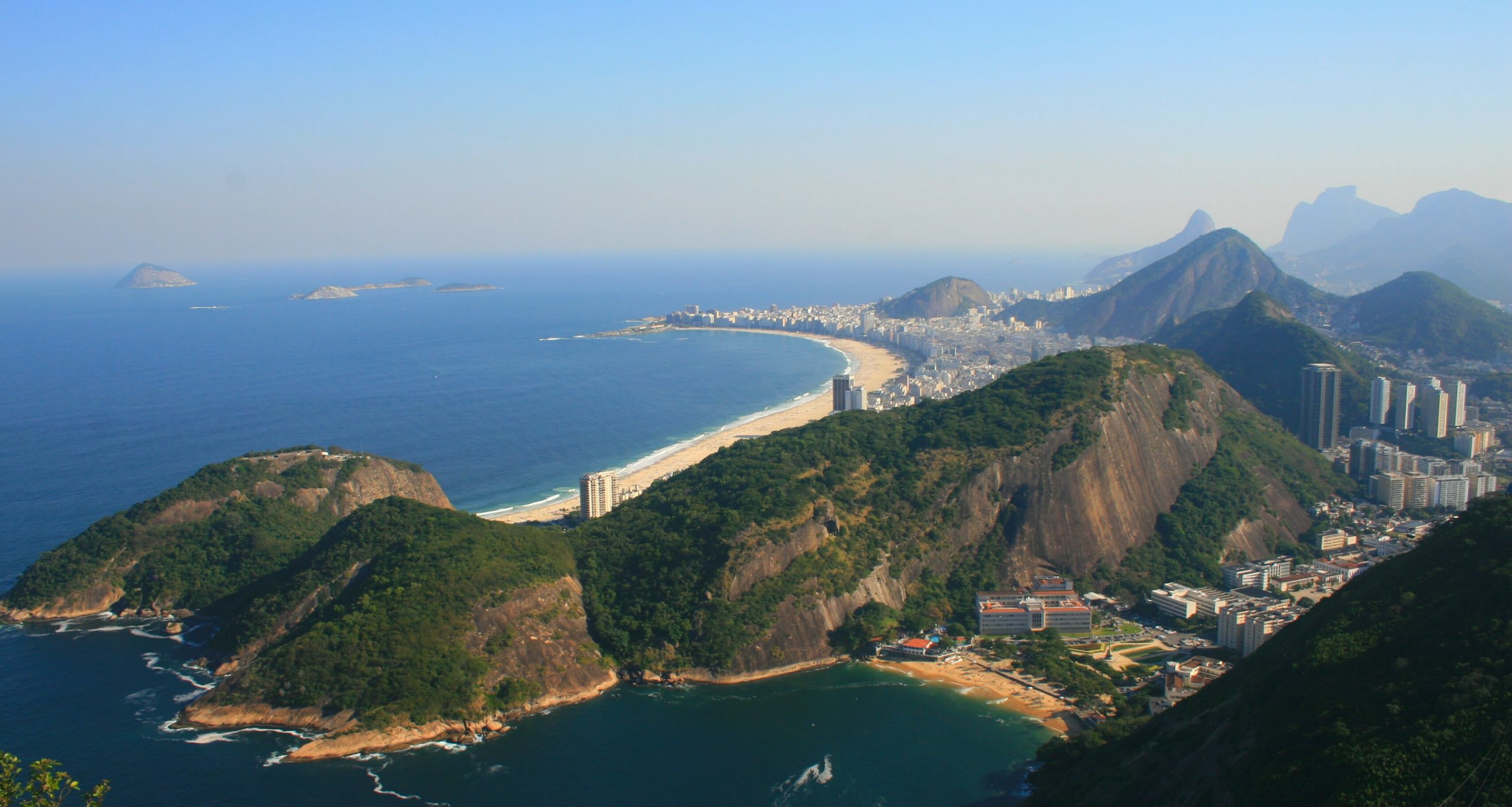Backpacking South America is a great way to explore the continent’s diverse cultures, landscapes, and people. But it can also be an expensive adventure if you don’t plan accordingly. To help you make the most of your trip, it’s important to know how much money you should budget for backpacking South America.
The amount of money you should budget for backpacking South America depends on a few factors. First, consider where you’re going.
Different countries have different costs of living, so prices may vary significantly from place to place. For example, Peru is generally cheaper than Chile or Argentina.
Second, consider how long you plan on staying in each location. If you’re just passing through a country or city quickly, then your expenses may be lower than if you plan on staying longer. Also keep in mind that costs can add up quickly when traveling from one destination to another.
Third, consider what type of activities and accommodations you’d like to experience while backpacking South America. Accommodation options vary from hostels and guesthouses to Airbnbs and hotels. Activities can include exploring local sights and attractions, going on hikes or treks in the mountains, or taking part in cultural events.
Transportation: Transportation is another important factor when budgeting for backpacking South America. While some countries have extensive bus networks that are relatively inexpensive (such as Bolivia), others may require airfare to get around (such as Brazil). Make sure to factor in these costs when planning your trip.
Food: Food prices will also vary by country and region but are generally quite affordable throughout South America. Eating at local restaurants or street food stalls is usually the cheapest option, but Supermarkets are also available if you want to buy food to prepare yourself.
Miscellaneous Costs: Don’t forget about miscellaneous costs such as visas (if necessary), vaccinations/medications (if needed), souvenirs/gifts for friends and family back home, etc.
Conclusion: How much money should I budget for backpacking South America? That depends on several factors including where you’re going, how long your stay will be, what type of activities/accommodations you plan on experiencing, transportation costs within the countries/cities visited, food expenses and miscellaneous costs such as visas/vaccinations/medications/souvenirs etc. It’s best to research ahead of time and create a detailed budget before embarking on your journey.
10 Related Question Answers Found
Any journey around the world, especially to South America, can be both exciting and expensive. Backpacking in South America is no different and requires careful planning when it comes to budgeting. While it’s impossible to give an exact figure for how much you’ll need for your trip, there are certain factors that will influence your overall budget.
Backpacking South America is an amazing experience, and it can be surprisingly affordable. While the cost of backpacking in South America may vary depending on which countries you visit and how long you stay, there are many ways to save money while traveling. The cost of accommodation will be one of your biggest expenses when backpacking in South America.
Backpacking South America is an exciting and rewarding journey, but to make the most of your experience, you need to be well-prepared for your trip. From transportation to accommodation and safety precautions to packing essentials, having the right gear is essential for a successful backpacking adventure. Here are some of the things you should consider when preparing for your South American backpacking trip.
Backpacking in South America is an incredible way to explore the many cultures, landscapes, and historical sites that make the continent such a unique and fascinating place to visit. Whether you are planning to explore for a few days or several weeks, it is essential to be prepared for the journey. Here are some of the key items you need for backpacking in South America.
Backpacking in South America can be an incredible experience, as this region of the world is known for its stunning landscapes and vibrant cultures. From the ancient ruins of Machu Picchu to the glittering beaches of Brazil, there are endless possibilities for exploration. If you’re looking for an adventure that will stay with you for a lifetime, South America is a great place to start.
Backpacking South America is an excellent way to explore the continent and experience its diverse culture, cuisine, and people. While it can be an expensive venture, there are several ways to save money while backpacking. From sleeping in hostels and camping to finding cheap food options, backpacking South America doesn’t have to break the bank.
Backpacking in South America is an increasingly popular way to experience the diverse cultures, stunning landscapes and vibrant cities of this continent. From the high-altitude peaks of the Andes to the lush rainforests of the Amazon, and from bustling cities like Rio de Janeiro to laid-back beach towns, there’s something for everyone. Backpacking in South America can be a great way to travel on a budget.
Backpacking South America can be an experience of a lifetime, but for those considering the trip, safety is of utmost importance. South America is a diverse region, with many countries and cultures that vary widely. There are certain areas and activities that may pose a higher risk than other parts of the world, but with careful research and planning, backpacking in South America can be both safe and enjoyable.
Backpacking in South America is an adventure that many people dream of. The continent is filled with diverse cultures and stunning landscapes, making it a perfect place to explore. However, like any other destination, there are risks associated with backpacking in South America, and safety should be a top priority for any traveler.
Backpacking in South America is a thrilling and exciting experience that can be both rewarding and potentially dangerous. On the one hand, there are myriad opportunities to explore incredible natural beauty, vibrant cities, and fascinating cultures. On the other hand, travelers must always be aware of the potential risks that come with venturing into unfamiliar terrain.

